Boston Water Quality at a Glance
minor concerns
Is Boston Water Safe to Drink?
Yes, Excellent Quality – Boston has some of the highest quality tap water in the United States, sourced from well-protected Quabbin and Wachusett Reservoirs. PFAS levels are at trace amounts, too low to quantify. The Massachusetts Water Resources Authority conducts over 1,500 water quality tests monthly for 120+ contaminants. Minor concerns include disinfection byproducts and potential lead from older pipes.
✓ Key Strengths for Boston Residents
- Award-Winning Quality: MWRA won “Best of the Best” for taste in national competition
- PFAS Protection: Trace levels only, well below state and federal limits due to protected watersheds
- Comprehensive Testing: Over 18,000 water quality tests annually, monitoring 120+ potential contaminants
- Lead Service Line Replacement: Active program replacing over 2,000 lead service lines with orthophosphate treatment
Read the full report below for detailed analysis, testing data, and recommendations for Boston residents.
Boston – Massachusetts – Water Quality Report 2025: PFAS Testing, Infrastructure Concerns & Safety across your city
Boston Water and Sewer Commission (BWSC), established in 1977, serves over 675,000 residents across Boston and neighboring communities through one of America’s oldest municipal water systems. The utility operates approximately 1,018 miles of water mains, numerous pumping stations, and sophisticated treatment facilities, delivering roughly 200 million gallons daily from pristine protected watersheds.
Boston’s drinking water comes primarily from the Quabbin and Wachusett Reservoirs, managed by the Massachusetts Water Resources Authority (MWRA), providing some of the highest quality surface water in the nation. These remote wilderness watersheds in central and western Massachusetts are strictly protected from development and contamination. Boston’s water system represents a remarkable engineering achievement, with gravity-fed aqueducts transporting water over 65 miles from the reservoirs to the city, requiring minimal treatment due to exceptional source water quality.

Boston Water Quality: Current Status (2024-2025)
Latest Testing Results
- Lead Levels: The most recent testing period (January-December 2023) showed 90th percentile lead levels of 8.9 parts per billion (ppb), below the EPA action level of 15 ppb but reflecting the challenges of an historic distribution system.
- Testing Scope: MWRA conducts over 1,500 water quality tests monthly, testing for more than 120 potential contaminants with enhanced lead monitoring in older neighborhoods where lead service lines and solder are more prevalent.
- Compliance Status: Boston’s water meets all federal and state drinking water standards, maintaining compliance with EPA and Massachusetts DEP regulations and winning national taste awards.
Premium Wilderness Sources
- Quabbin Reservoir: Primary source holding 412 billion gallons in a protected wilderness area, supplying pristine water through gravity aqueducts located 65 miles west of Boston.
- Wachusett Reservoir: Secondary source with 65 billion gallon capacity, located 35 miles west of Boston, fed by Quabbin during dry periods and providing system redundancy.
- Watershed Protection: Both watersheds encompass over 85% forested lands with strict development prohibitions and active conservation management by the Department of Conservation and Recreation.
Advanced Treatment Excellence
- Minimal Treatment Needed: Exceptional source water quality requires only chlorination for disinfection, fluoridation for dental health, and corrosion control at the John J. Carroll Water Treatment Plant.
- UV Disinfection: State-of-the-art ultraviolet treatment provides additional protection against Cryptosporidium and Giardia without chemical additives.
- Corrosion Control: Optimal orthophosphate dosing minimizes lead leaching from legacy pipes throughout Boston’s extensive distribution network.
Historic Infrastructure Modernization
- Capital Improvements: Over $100 million annual investment in water main replacement, valve upgrades, and pumping station modernization with minimum 8 miles of pipe replacement yearly.
- Smart Water Management: Advanced metering infrastructure with leak detection capabilities, real-time system monitoring, and predictive maintenance programs reducing unbilled water from 70 MGD to under 10 MGD.
- Lead Pipe Mitigation: Comprehensive inventory and replacement program for lead service lines, prioritizing vulnerable populations and high-risk areas with over 2,000 lines replaced.
Climate Resilience Planning
Boston’s water system is adapting to climate change through comprehensive resilience planning, including sea level rise protection, extreme weather preparedness, and watershed management for changing precipitation patterns. The MWRA has invested in watershed protection programs, advanced weather monitoring, and infrastructure hardening to ensure reliable water supply through 2050. Boston’s collaborative approach with regional partners exemplifies metropolitan water management, sharing resources and expertise to maintain exceptional water quality while addressing the challenges of serving one of America’s oldest urban environments with modern performance standards.
Recommendations for Boston Residents
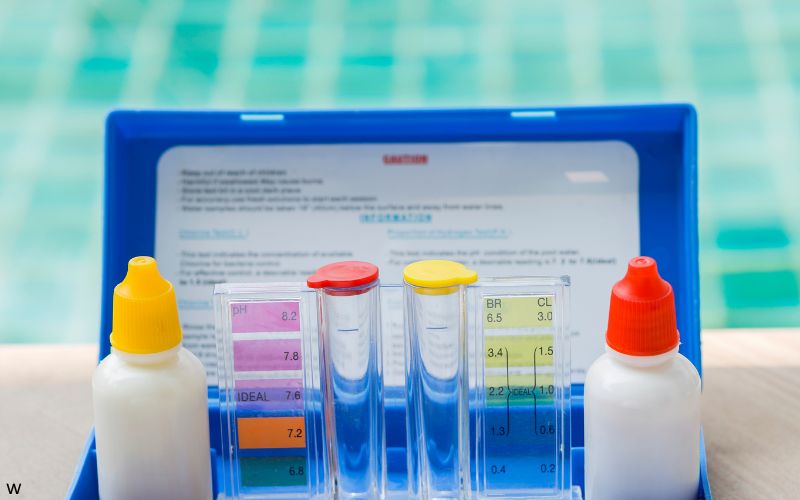
Test for Lead
If your home was built before 1987, request free water testing from BWSC at (617) 989-7000. Consider using NSF-certified filters (Standard 53) for drinking water until service line replacement.

Run Cold Water
Always use cold water for drinking and cooking. If water has been sitting in pipes for 6+ hours, run for 1-2 minutes before use to clear any standing water and reduce metal exposure.
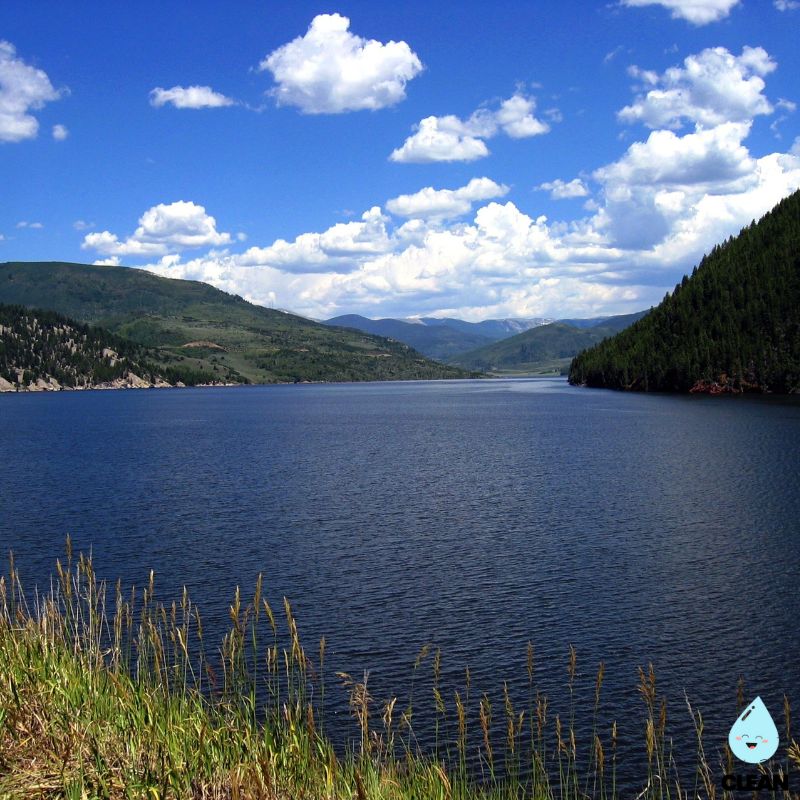
Protect Watersheds
Support watershed protection by visiting Quabbin Visitor Center and participating in conservation programs. Your actions help preserve the pristine quality of Boston’s water supply.
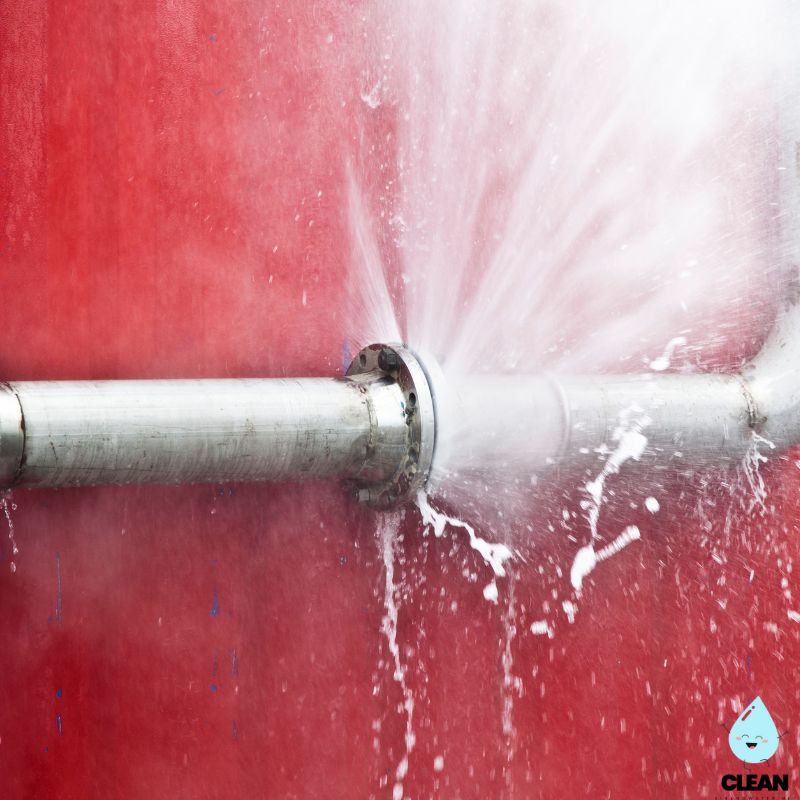
Report Issues
Contact BWSC immediately at (617) 989-7000 for water main breaks, pressure problems, or quality concerns. Use Boston 311 for non-emergency reporting and service requests.
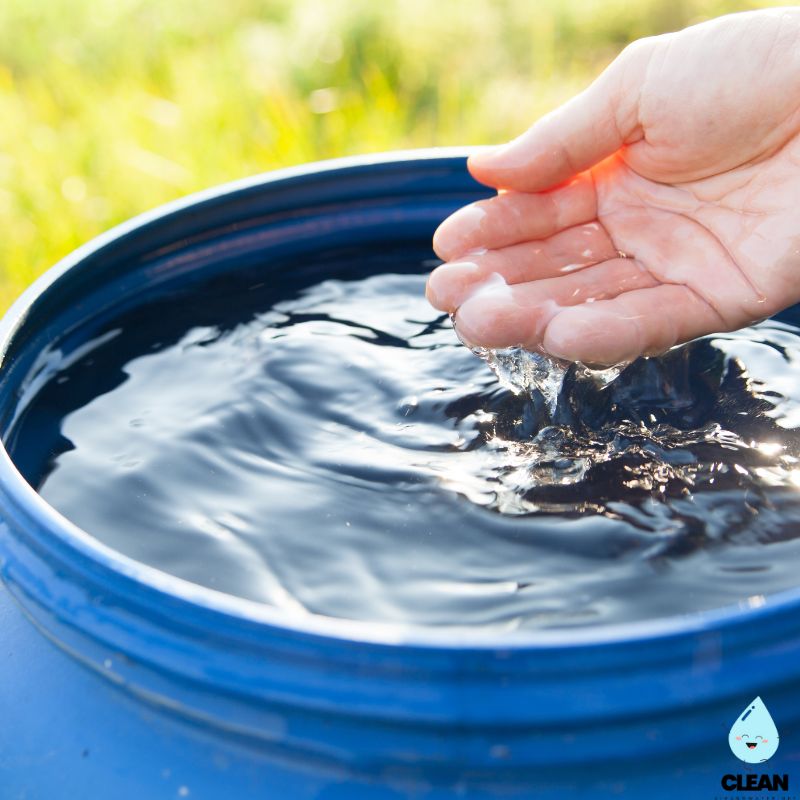
Conserve Water
Install water-efficient fixtures and appliances. Report leaks promptly, and consider rain gardens to manage stormwater. Small actions help protect our premium watersheds for future generations.
Quality News About Your Water
Get the comprehensive water quality news coverage you need with our dedicated US Water News Service. From coast to coast, we deliver in-depth reporting and expert analysis on PFAS contamination, EPA regulatory changes, infrastructure developments, and emerging water safety issues affecting communities nationwide. While mainstream media only covers the biggest stories, we provide the detailed, ongoing coverage that helps you understand the full scope of America’s water challenges. Whether you’re a concerned citizen, water professional, or community leader, our daily updates and analytical insights keep you informed about the issues that matter most to public health and environmental safety.
Frequently Asked Questions
Why is Boston’s water quality so highly regarded?
Boston’s water comes from the Quabbin and Wachusett Reservoirs, two pristine wilderness watersheds protected from development. These reservoirs hold over 477 billion gallons of water and are located in central and western Massachusetts, far from urban and industrial contamination.
The entire watershed system encompasses protected forestland covering over 85% of the watershed area, with strict regulations preventing development and pollution. Water travels to Boston via gravity-fed aqueducts, requiring minimal treatment beyond chlorination, fluoridation, and corrosion control. Independent taste tests consistently rank Boston’s tap water among the nation’s best, with MWRA winning “Best of the Best” awards.
Should I be concerned about lead in my water?
While Boston’s source water is lead-free, some homes have lead service lines or plumbing that can leach lead into drinking water. Recent testing showed 90th percentile levels at 8.9 ppb, below EPA’s action level but still a concern, especially for children and pregnant women.
If your home was built before 1987:
• Request free water testing from BWSC
• Use NSF-certified filters for drinking and cooking
• Run water 1-2 minutes before use if it’s been sitting for 6+ hours
• Always use cold water for consumption
BWSC is actively replacing lead service lines prioritizing high-risk areas and provides free filters for affected households.
How is Boston preparing for climate change impacts?
The Massachusetts Water Resources Authority and BWSC are implementing comprehensive climate resilience measures:
• Infrastructure protection: Seawalls, flood barriers, and pump station upgrades protect coastal facilities from sea level rise
• Watershed management: Enhanced monitoring and adaptive forest management address changing precipitation patterns
• Emergency preparedness: Redundant power systems and emergency response protocols ensure service continuity
• Regional collaboration: Water sharing agreements with neighboring systems provide backup capacity
• System modernization: Smart technology enables rapid response to changing conditions
These investments ensure reliable water supply through extreme weather events and long-term climate changes.
Are there water restrictions in Boston?
Boston maintains year-round water conservation guidelines rather than strict restrictions:
General Guidelines:
• Water lawns early morning or evening
• Use brooms instead of hoses for driveways
• Install efficient fixtures and appliances
• Fix leaks promptly
Drought Stage Restrictions:
When activated during severe drought, restrictions may include:
• Mandatory odd/even day watering
• Limited watering hours
• Prohibition on non-essential water use
Current status and any active restrictions are available at bwsc.org and through Boston 311.
Contaminants of Concern
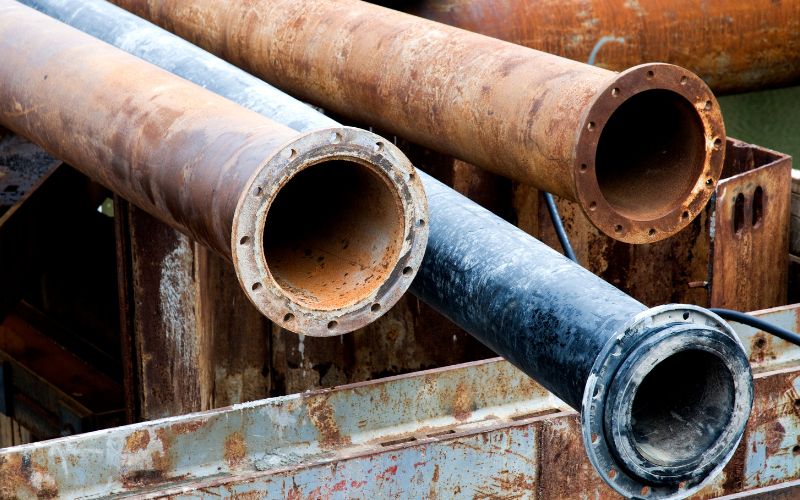
Lead
Source: Lead service lines, lead solder, and older plumbing fixtures in homes built before 1987
Health Effects: Developmental delays in children, reduced IQ, learning difficulties, kidney problems, cardiovascular effects in adults
Current Levels: 90th percentile value of 8.9 ppb, below EPA action level of 15 ppb EPA Limit: Action level 15 ppb, but no level of lead is considered safe

PFAS (Forever Chemicals)
Source: Industrial applications, firefighting foam, consumer products; well-protected watersheds minimize contamination
Health Effects: Potential cancer risk, liver damage, immune system effects, developmental impacts in children
Current Status: Trace levels only, too low to quantify; sum of six regulated PFAS compounds at zero, well below state and federal limits
Please read – our information
The information presented on cleanairandwater.net is compiled from official water quality reports, trusted news sources, government websites, and public health resources. While we strive for accuracy and thoroughness in our presentations, we are not scientists, engineers, or qualified water quality professionals.
Our mission is to present water quality information in an accessible, real-world format that helps people understand what’s in their water and make informed decisions about their health and safety. We believe that complex environmental information should be available to everyone in a format that’s easy to understand.
We make every effort to ensure our content is current and accurate, but we cannot guarantee that all information is complete or error-free. This website should not replace official communications from your local water utility or health department. We always recommend consulting official sources for the most up-to-date information regarding your specific water system.
Clean Air and Water is not liable for any unintentional errors, omissions, or outdated information. The content on this site is provided for informational purposes only and should not be considered professional advice.


